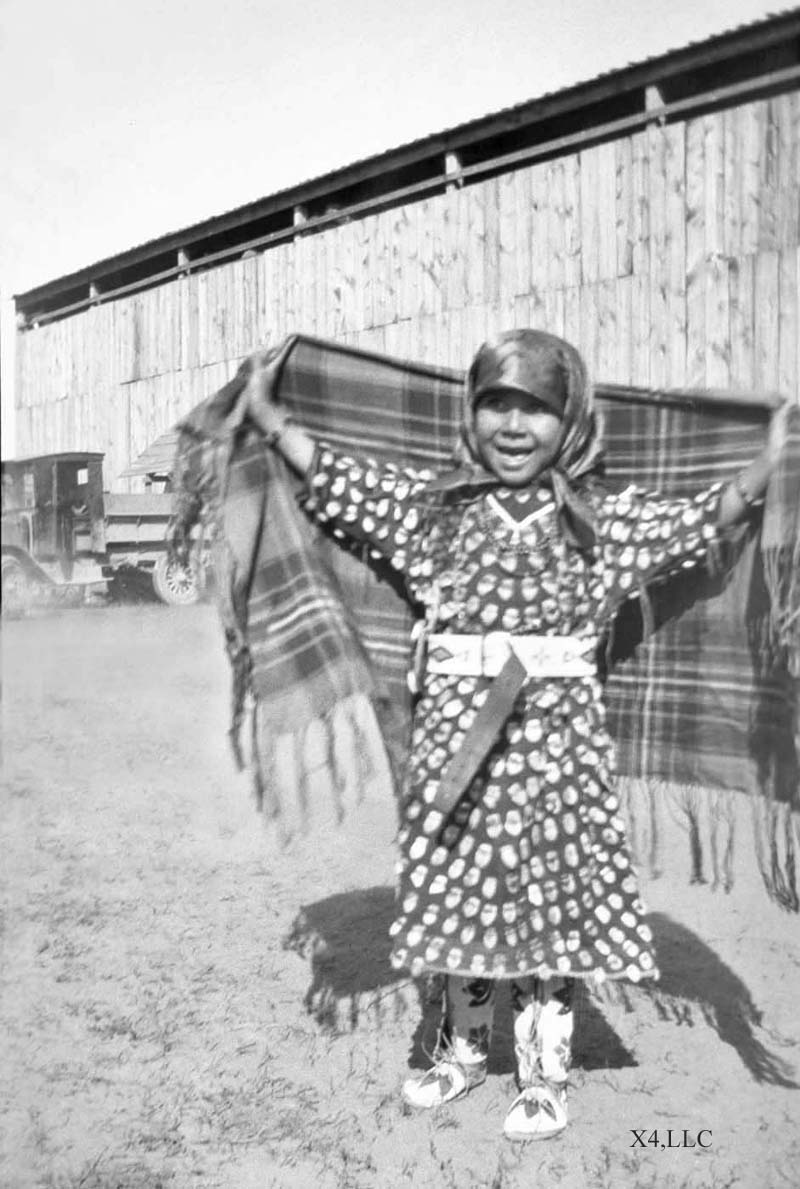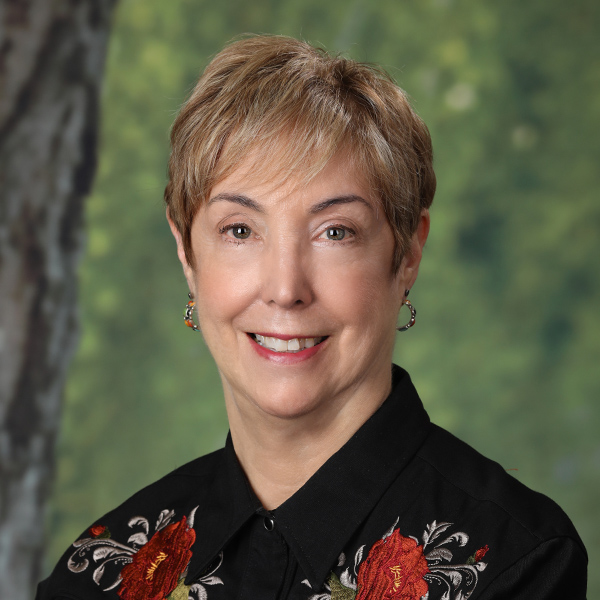Jessamine’s Fellow Photographer, Fred Miller
Dec 07, 2023 by Tempe Javitz
Another local photographer who directly affected
Jessamine Spear Johnson’s style and artistry was
Fred Miller. From 1898 to 1910, Fred was the assistant
land clerk at the Crow Reservation in Crow Agency,
Montana. Afterwards he raised cattle in the Hardin
area until his death in 1936. Working and living among
the Crows afforded Fred the opportunity to take many
photos of their everyday life. In 1905 Fred had met
and married Emma Smith, part Shawnee, who’s sister lived
at Crow Agency. Chief Medicine Crow and the tribal
council soon adopted the pair into the Crow tribe.
Because of this, Fred had access to the Crow tribe’s
personal lives, a privilege not given to most photographers.
Jessamine’s long-term connections with the Crows also
allowed her that same intimate access. The book
“Fred E. Miller: Photographer of The Crows,” published
in 1985, showcases Miller’s sympathetic connection to
his Crow neighbors.*
Jessamine’s photo archive contains a small collection of
Fred Miller’s photos. At the front of the box is a hand
written card stating, “Mr. Miller came with the Army when
Fort Custer was established and took pictures. He lost a
lot of plates and gave me prints, which I had copied with
his permission and gave him credit.” There is no date on
this note and there are no other comments in her diaries
to enlighten us about their friendship. In 1985 as Nancy
Fields O’Connor assembled photos for her book about Fred
she contacted my father about copying some of these precious
photos. As Barbara Novak, professor of art history, states
in her essay about Miller, “these people (in Miller’s photos)
become known to us and look out with a special ease of presence,
with little posed awareness.”** This same aura graces Jessamine’s
photos not only of her Crow and Northern Cheyenne neighbors
but in her other portraits as well.
Here is Miller’s photo of Lizzie Shane Yellowtail, her sister
Mary Shane Takes the Gun, and baby Irene Takes the Gun.
(from Jessamine’s photo collection held by the X4, LLC).



Jessamine’s photo of Iris & Jessamine's photo of a Crow girl.
Charles Rising Sun Note the shadow like a thunderbird.
Both Jessamine and Miller were particularly fond of these indigenous
children, and often photographed them alone or with relatives. We
are the lucky ones today to be able to view these wonderful photos
from the everyday life of the Crow and Cheyenne tribal members during
a time of great change on their reservations. Because Jessamine and
Fred were friends and neighbors of these two tribal nations, their
images are not only compelling but historically important.


Fred Miller’s portrait of Cheyenne, Max Big Man, Crow leader in the
American Horse, A Little Bighorn 1930s. Photo by Jessamine.
Battle survivor. Photo courtesy of
the X4 LLC collection.
* O’Connor, Nancy Fields, Fred E. Miller: Photographer of the Crows.
University of Montana and Carnan VidFilm, Inc. 1985.
** O’Connor, Nancy Fields, Fred E. Miller: Photographer of the Crows,
page 19 of Barbara Novak’s essay on ‘Fred Miller’s Eye.’.
University of Montana and Carnan VidFilm, Inc., 1985.
Jessamine Spear Johnson’s style and artistry was
Fred Miller. From 1898 to 1910, Fred was the assistant
land clerk at the Crow Reservation in Crow Agency,
Montana. Afterwards he raised cattle in the Hardin
area until his death in 1936. Working and living among
the Crows afforded Fred the opportunity to take many
photos of their everyday life. In 1905 Fred had met
and married Emma Smith, part Shawnee, who’s sister lived
at Crow Agency. Chief Medicine Crow and the tribal
council soon adopted the pair into the Crow tribe.
Because of this, Fred had access to the Crow tribe’s
personal lives, a privilege not given to most photographers.
Jessamine’s long-term connections with the Crows also
allowed her that same intimate access. The book
“Fred E. Miller: Photographer of The Crows,” published
in 1985, showcases Miller’s sympathetic connection to
his Crow neighbors.*
Jessamine’s photo archive contains a small collection of
Fred Miller’s photos. At the front of the box is a hand
written card stating, “Mr. Miller came with the Army when
Fort Custer was established and took pictures. He lost a
lot of plates and gave me prints, which I had copied with
his permission and gave him credit.” There is no date on
this note and there are no other comments in her diaries
to enlighten us about their friendship. In 1985 as Nancy
Fields O’Connor assembled photos for her book about Fred
she contacted my father about copying some of these precious
photos. As Barbara Novak, professor of art history, states
in her essay about Miller, “these people (in Miller’s photos)
become known to us and look out with a special ease of presence,
with little posed awareness.”** This same aura graces Jessamine’s
photos not only of her Crow and Northern Cheyenne neighbors
but in her other portraits as well.
Here is Miller’s photo of Lizzie Shane Yellowtail, her sister
Mary Shane Takes the Gun, and baby Irene Takes the Gun.
(from Jessamine’s photo collection held by the X4, LLC).



Jessamine’s photo of Iris & Jessamine's photo of a Crow girl.
Charles Rising Sun Note the shadow like a thunderbird.
Both Jessamine and Miller were particularly fond of these indigenous
children, and often photographed them alone or with relatives. We
are the lucky ones today to be able to view these wonderful photos
from the everyday life of the Crow and Cheyenne tribal members during
a time of great change on their reservations. Because Jessamine and
Fred were friends and neighbors of these two tribal nations, their
images are not only compelling but historically important.


Fred Miller’s portrait of Cheyenne, Max Big Man, Crow leader in the
American Horse, A Little Bighorn 1930s. Photo by Jessamine.
Battle survivor. Photo courtesy of
the X4 LLC collection.
* O’Connor, Nancy Fields, Fred E. Miller: Photographer of the Crows.
University of Montana and Carnan VidFilm, Inc. 1985.
** O’Connor, Nancy Fields, Fred E. Miller: Photographer of the Crows,
page 19 of Barbara Novak’s essay on ‘Fred Miller’s Eye.’.
University of Montana and Carnan VidFilm, Inc., 1985.
